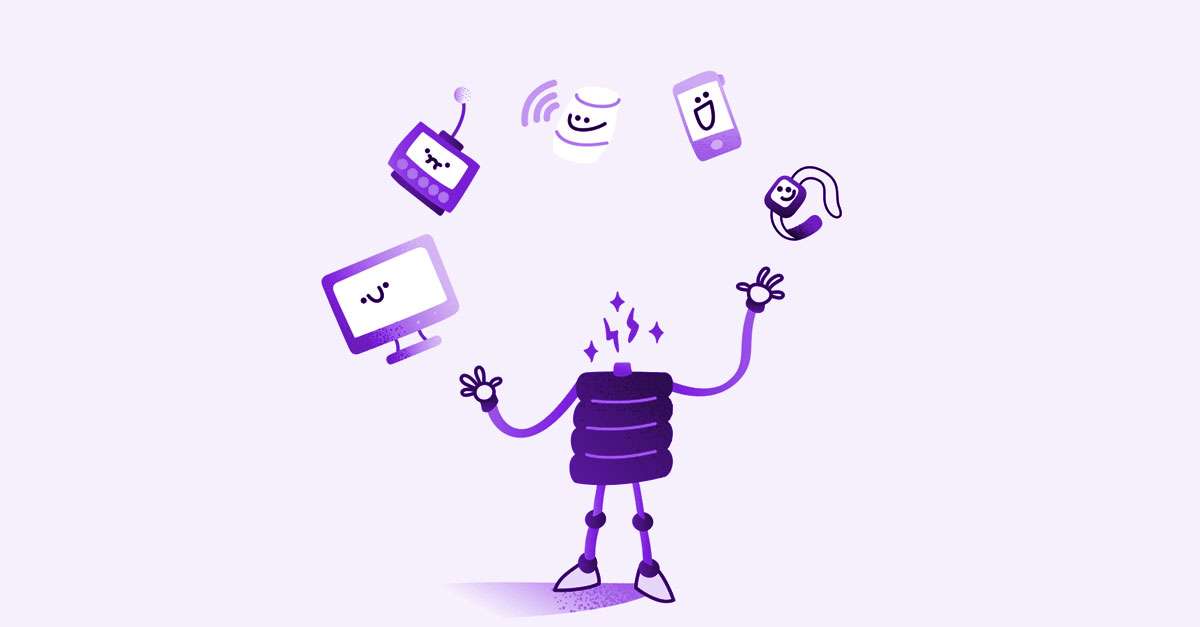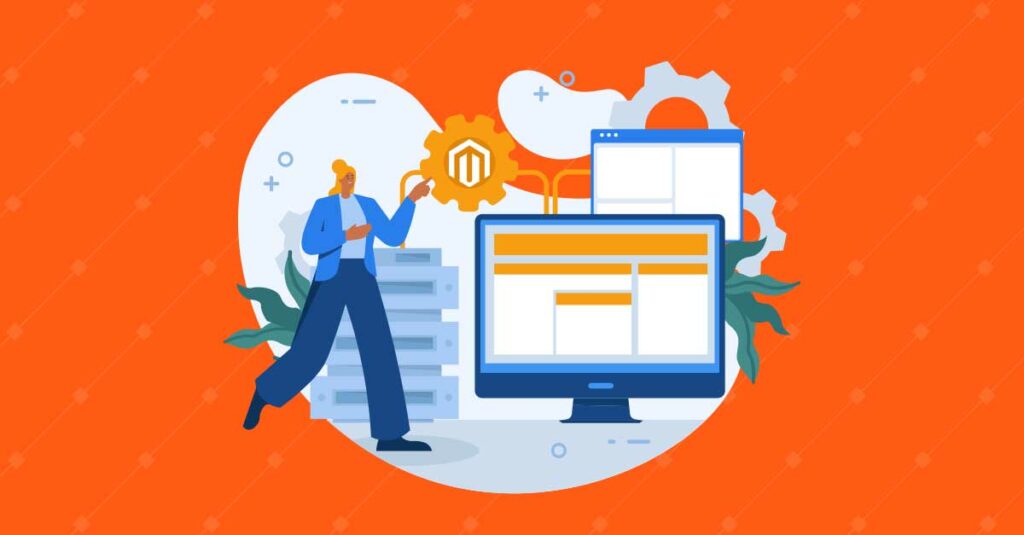Headless Commerce and Order Management
eCommerce became the biggest economic model in the post-pandemic era. A recent analysis by McKinsey, in collaboration with Forrester, revealed that eCommerce grew exponentially in Q1 2020, so much so that ten years’ growth was realized in 90 days. To accommodate the growing business and technological needs of eCommerce companies, platform-specific boundaries are said to be eroding, and rightly so.
There has been a push towards applications that blend user experience with automated decision-making. This is where nothing tops the capabilities of a headless Commerce solution, designed to streamline the consumer journey by separating the UI from the back-end. In that light, the adoption of headless architecture seems both justified and inevitable.
So, it seems to make sense that $1.65 billion has been raised in funding for headless technologies over the past two years. Over a hundred companies and startups are operating in this space, with some of the world’s leading brands adopting headless technologies to expedite their digital transformation.
However, it’s noteworthy that a seamless front-end, albeit elementally separated from the back-end, relies on the back-end data to drive the UX. The customer experience is a sum of all the interactions across the buyer journey – not just those residing at the front end. And this entails implementing a high-grade Order Management System (OMS).
For realizing the integration of headless commerce and order management, enterprises must be careful to emphasize the advantages of the former and then try to understand how they can leverage them.
The Many Benefits of Headless Commerce
The premise of headless commerce is to enhance the user experience by providing seamless, fast, and personalized access to products/services. Thus, a headless commerce solution is meant to enable the agile acceleration of the consumer journey and help drive conversions, engagement, and loyalty.
1. Frictionless Commerce
By eliminating the need for a customer to log in and out of multiple applications to make purchases, headless commerce can increase conversion rates by removing the friction in the purchase process.
2. Personalized and Customizable Experiences
The modern-day consumer journey is unique to each user, owing to the multitude of variables, right from location to device used and platforms. Thus, a robust headless commerce solution allows the front end to be responsive to changing customer needs during the entire process without having to tweak the back-end.
3. Better Performance and Scalability
Headless commerce is not only about streamlining the consumer experience but also reducing the back-end load. Performance and scalability are improved with a well-engineered headless architecture, owing to the lack of specific application logic. This leads to higher availability of the platform and faster response times that translate into improved shopping experiences.
4. Reduced Costs
A headless commerce solution offers significant cost benefits due to accelerated development driven by reusable components. This is because it allows the vendors to scale up and down with little fear of downtime or data loss and enables their teams to focus on their core competencies.
The Crucial Link Between Order Management System and Headless Commerce
The need for an OMS, in the context of headless commerce, boils down to the fact that eCommerce vendors are accountable for fulfilling orders and managing inventory on behalf of their users at an ever-increasing pace. In other words, they have to be able to process all user requests with speed and accuracy. The following points may be taken into account to understand the benefits of OMS while adopting headless commerce as a strategy.
How Headless Commerce And PWA Are Coming Together To Create Next-level eCommerce
1. Real-time Inventory Management
Stock visibility is arguably the most critical aspect of the eCommerce OMS. For the vendors to be efficient in managing inventory, it is vital that they are able to monitor it in real-time and perform predictive analysis. In this way, the vendors can ensure that their supply chain works efficiently and fulfill orders in the most efficient manner possible.
Vendors are able to conceptualize product availability and stock accuracy and provide transparency to customers over the order cycle. As such, they’re also equipped to develop effective replenishment and stock management strategies and update the consumers in real-time about the same.
2. Resourceful Integration
Be it CRM, ERP, financial reporting, or any other business app, the back-end data is the fuel for an agile and responsive headless commerce platform. In the context of OMS, it’s easy to integrate it with other business apps, thereby helping the vendors streamline their order data. Again, this readily available data helps create rich analytics and personalized experiences that go a long way in improving the consumer journey.
3. End-to-End Change Management Enhancement
This aspect is all about the vendors being able to ensure that the changes to the back-end are well managed when they are required. With the headless architecture, each change can be performed without having to go through lots of manual intervention but as the front end changes, sometimes changes are called for at the backend too.
Naturally, managing this process smoothly translates to better planning and tracing the procurement, inventory, logistics, and shipping processes and evaluating the changes before rolling them out. Moreover, this means the vendors can be much more agile while taking up new business opportunities, thereby ensuring that they’re able to handle their responsibilities head-on and go the extra mile.
The Top 5 Capabilities to look for in a Headless Commerce Platform
In a Nutshell
The bottom line is that a well-established headless Commerce solution can deliver greater value to the end customer when supported by a powerful OMS. This synergy helps to facilitate a seamless, personalized, and frictionless experience for the end-users. This is to say that an enterprise-grade OMS is, well and truly, the missing piece of the puzzle for any vendor looking to make the most of the headless architecture. Talk to us to know how these two powerful technology solutions can come together for maximum impact.








